Supplementation—should you or shouldn’t you?
Iron is a double edged sword. On the one hand, it is said to make red blood cells and functions as the oxygen transport system of the body. Once iron is absorbed into the bloodstream, it’s ultimately stored in the ferritin molecule.
But, on the other hand, it fuels bacteria, virus, and parasites.
Unless iron is eliminated through blood loss, as in the case of menstruation, child birth, physical injury or blood donation, most of it remains in the body once it’s stored. So, as we age, our iron numbers are known to rise. While this was once thought to be harmless, significant studies now show iron overload as a risk factor for cardiovascular disease that lands right behind smoking in severity.
In fact, about 10% of the American population—which correlates to over one million people—have a genetic predisposition for iron overload. (Although, I have a hunch the number is much higher). While menstruating women tend to be “safe” from these elevated ferritin (a protein carrying iron) levels, menopausal women and men of any age are at risk.
Research also shows that females 55 to 65 years of age experience a doubling of ferritin. Some researchers believe that when ferritin iron is released from protein, free radicals are formed that oxidize cholesterol—which clings to artery walls—forming dangerous plaque.
Further, it’s been estimated that for every 1% increase in ferritin levels, your risk for cardiovascular disease shoots up by 4%! WOW. Who knew?
And the risks don’t end at heart disease. Too much iron also accelerates aging by creating oxidative stress that causes cell damage and unwanted DNA changes. Plus, iron overload has been linked to arthritis, fatty liver disease, metabolic syndrome, Type 2 diabetes, and even cancer.
Supplementation Conundrum
When it comes to the question of should you or shouldn’t you supplement with iron, you might find yourself confused. Anemia—a condition in which the blood cannot carry sufficient oxygenation required for optimum health—and menstruating women have historically been directed to take iron.
However, you can also be anemic if your red blood cells are low in hemoglobin, or if you are just low on red blood cells or have a shortage of bio-available copper—iron’s kissing cousin. Adult anemia is usually caused by an iron, folic acid, copper, and/or B12 deficiency, and your body cannot properly manufacture hemoglobin without these critical nutrients.
Regardless, fortifying your body’s production of ceruloplasmin—the copper and iron binding enzyme in the liver is key. The best way to do this is with fortifying Vitamin A (think cod liver oil) and broad spectrum liver support (like Bile Builder and “Liver-Lovin” Formula).
To know the true state of your iron levels, at your next blood test, have your physician order a ferritin test, first and foremost. In addition, get a CBC or complete blood count. A normal red blood cell or erythrocyte reading will be between 4.2 to 5.4 million cells/mcL for women and 4.7 to 6.1 million cells/mcL for men.
Low Hemoglobin (Hb) would be under 12 g/dL for women and 14 g/dL for men. Larger than normal RBCs indicate a B12 and/or a folate deficiency, whereas small red blood cells suggest iron deficiency or sometimes lead poisoning.
A Healthy Balance
If you’re concerned you have an iron overload, there are simple ways to chelate iron. IP6 made from rice bran is a popular method, which in addition to iron, is also a chelator of copper, zinc, lead, arsenic, manganese, magnesium, and cadmium.
You should also donate blood four times per year—one of the best ways of all to help prevent cardiovascular disease and even Alzheimer’s. Prior to donating, ensure that you’ve had a nutrient-rich meal and are fully hydrated—and do avoid strenuous activities and alcohol consumption for several hours after donation.
Finally, keep in mind that UNI KEY offers one of the rare iron-free (as well as copper-free) multivitamins available on the market in a male and female version. For females who do need an iron-boost, a with-iron (but still copper-free) version is also available.
Remember that whether you’re one of the growing number inflicted with too much iron, or you’re an iron deficient anemic, both can be corrected.
If you’d like to learn your exact levels, a simple blood test will provide answers—and answer the question, to supplement or not to supplement.



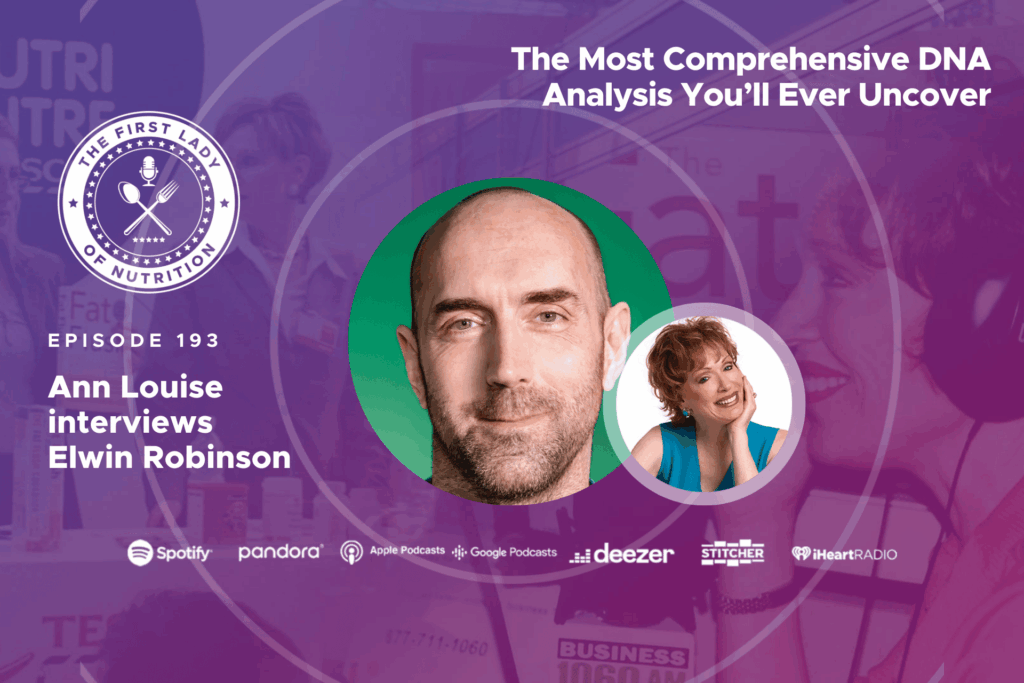
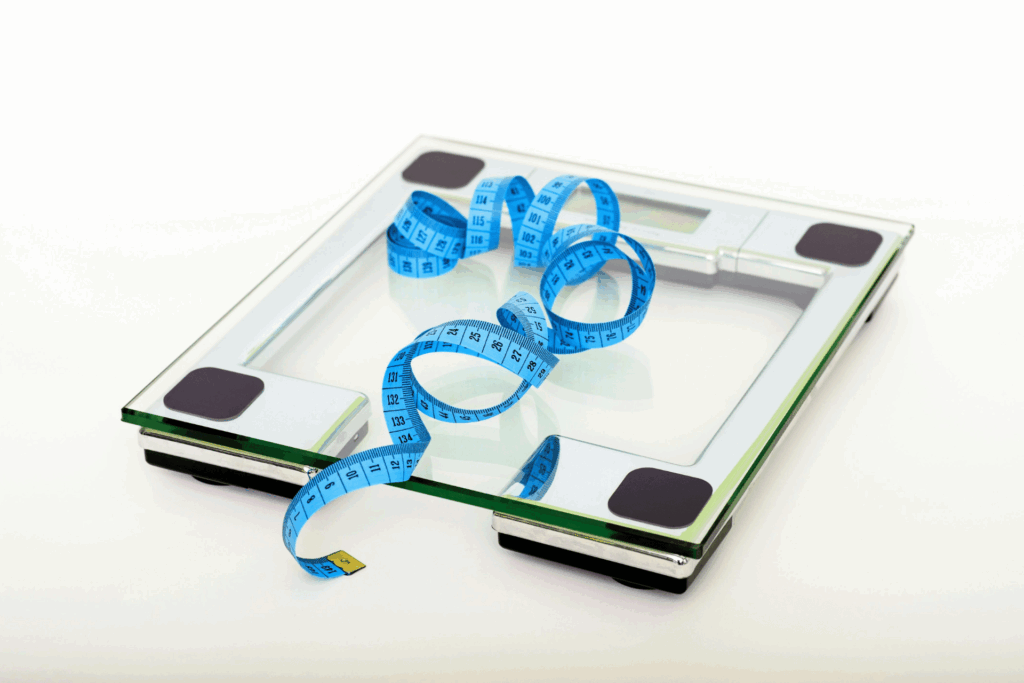
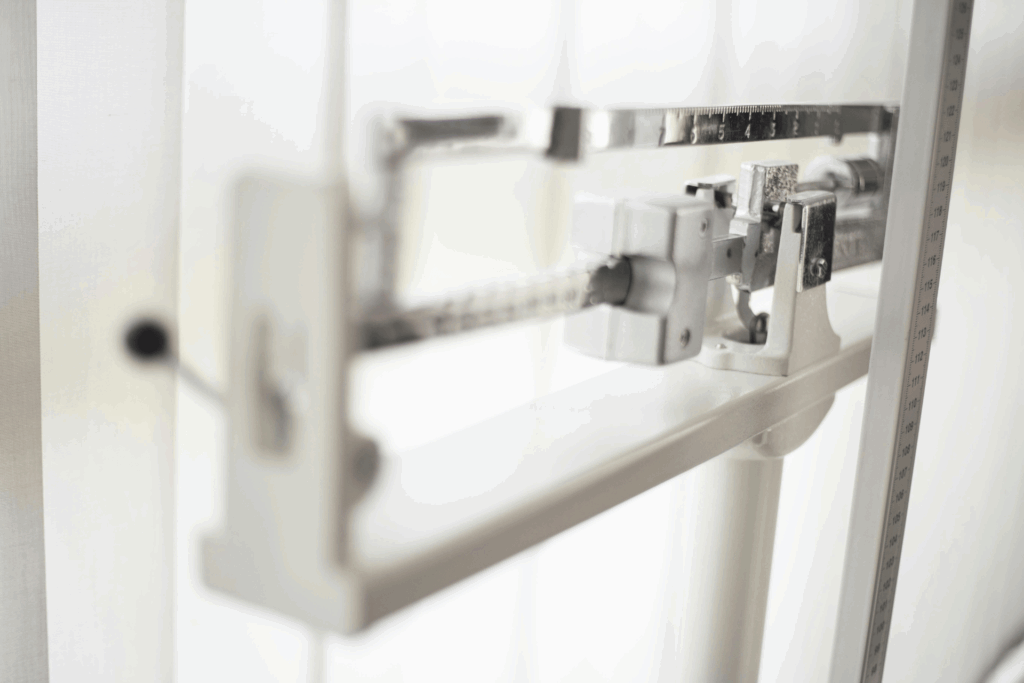


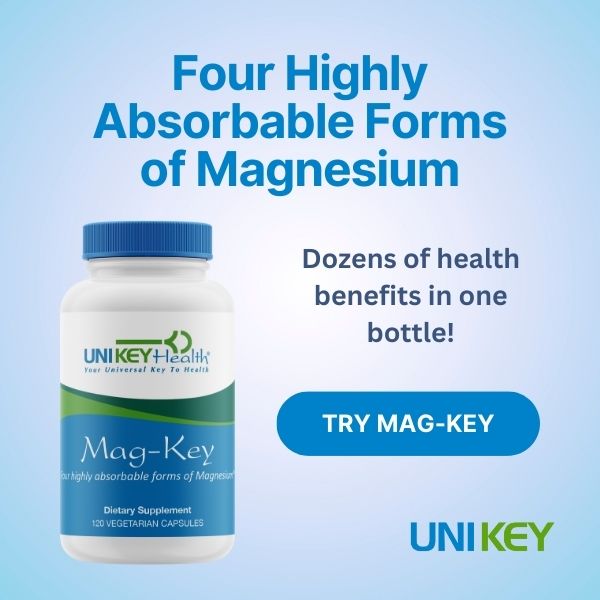
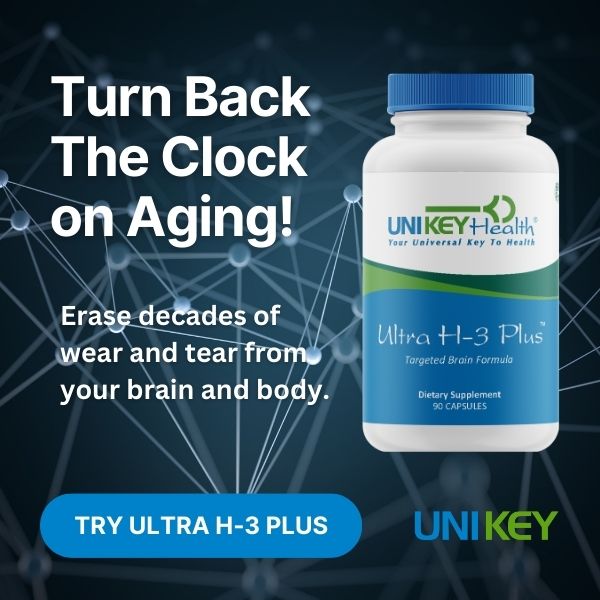
11 Responses
Pale nails maybe a sign of low iron. I can’t raise my iron…take iron and it doesn’t help. I have Lyme which may lower Mg/Mn/Fe. Low iron/gluten/hidden gluten may cause hair to fall out. Celiac people maybe low in many minerals and if their stomach is bleeding they may lose iron also. Tests may not work to diagnose Celiac. Iron helps hemoglobin carry oxygen.
Too much iron may cause free radicals and use up glutathione/Vit C etc and cause problems. Some people throw away some blood after an EDTA IV chelation to lower iron if it is a problem. Ferritin levels can be checked and hair test show iron and other good minerals…heavy metals which need to be detoxed. Far Infrared Sauna may help detox heavy metals fast, but also a person loses good minerals in their sweat.
Routine CBC showed I was anemic last fall, so my nurse practitioner put me on 200 mg of iron a day. After a few months my levels were normal, but then I started worrying about iron overload, and she said not to worry about it, it’s not a problem. EEK! I stopped listening to her after that. I could tell with my symptoms (heart palpitations, fatigue, and shortness of breath) when I wasn’t taking enough, so I gradually cut back until I was taking no iron except what was in my multivitamin. I was also taking B-Complex and extra B-12 for a while. I didn’t add copper because after reading your book about copper toxicity I thought I might already have too much copper. I was irritated that the nurse practitioner never wanted to look into why I had become anemic in the first place, just said it’s normal in menstruating women. There seem to be so many variables but I can’t spend any more money on any more tests to find out if there’s anything really wrong. On the other hand, my menstruating teenage daughter evidently has elevated levels. I feel rather discouraged about the whole situation.
I hear the frustration in your posts. This is why you both need to implement as many healthy ways of ensuring iron bioavailability for either too much or too litte through the ceruloplasmin iron-binding enzyme. As my blog clearly mentions, two of the easiest ways to accomplish this include Vitamin A supplementation and high quality liver support.
This post is so timely for me as I am struggling with anemia and shortness of breath, though my folate and Vitamin B12 levels are not low. I’m not sure what to do. What brand of cod liver oil do you recommend, dear Ann Louise?
Thanks!
Amy in CA
I love Carlson”s.
My ferritin was down to 8.2 and my elderly Mother’s was lower than mine. She had to take iron infusions and I took iron pills for several years until they made me swallow a camera and ending up cauterizing several veins that were bleeding in my lower intestines. My ferritin is only 26 now, but two points over the minimum of 24.
Glad to know that the bile builder will help keep it from getting too high and already taking the cod liver oil.
Hi ALG & team. I just had a cbc and ferritin test. I have had low white and red blood cells for years and so higher than normal mcv & mch. No doctor thought it to be a concern. Also had a tsh test. All final report says normal. Tsh is 1.11. Isnt that low? Also wasnt sure where the ferritin numbers should be. Mine was 130. Is that normal for a post menopausal almost 60 year old? Think I may need to pursue the mcv/mch issue more..
Thank you Ann Louise, very interesting. Why is blood donation important?
Blood donation is important because you are losing red blood cells and with it the iron. You body then manufacturers more red blood cells, using the body’s stores of iron. This helps keep your iron levels in check.
Ann Louise,
Thank you SO much for this article. my ferritin level has run low for 20 years. Finally, two years ago I bottomed out and became exceedingly weak and anemic though my serum iron level was WNL. I have since been taking iron on a near daily basis while monitoring my ferritin level. It got up to 64 and low 83
for the first time in my life. I am 61.
However, I have begun decreasing my dosage given all the reasons and concerns you cite. Meanwhile, 4 months ago I discovered I have celiac disease and 8 days ago began taking the methyl firm of both B12 and folate and have noticed an immediate and near miraculous effect to my joy, lifting me out of a state of
unrelenting chronic fatigue.
IF and when my B12 levels stabilize and normalize (they were actually high indicating malabsorption being being “biologically inactive”), MIGHT that possibly help stabilize my iron wherein I won’t require as much iron?
I truly DON’T want to be overdosing on iron!
Any comment is most appreciated. Thank you.
Vitamin B-12 is indirectly responsible for raising your blood iron level to keep it in a healthy range so it is entirely possible that normalizing your B12 levels will help with your iron level.